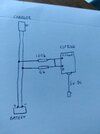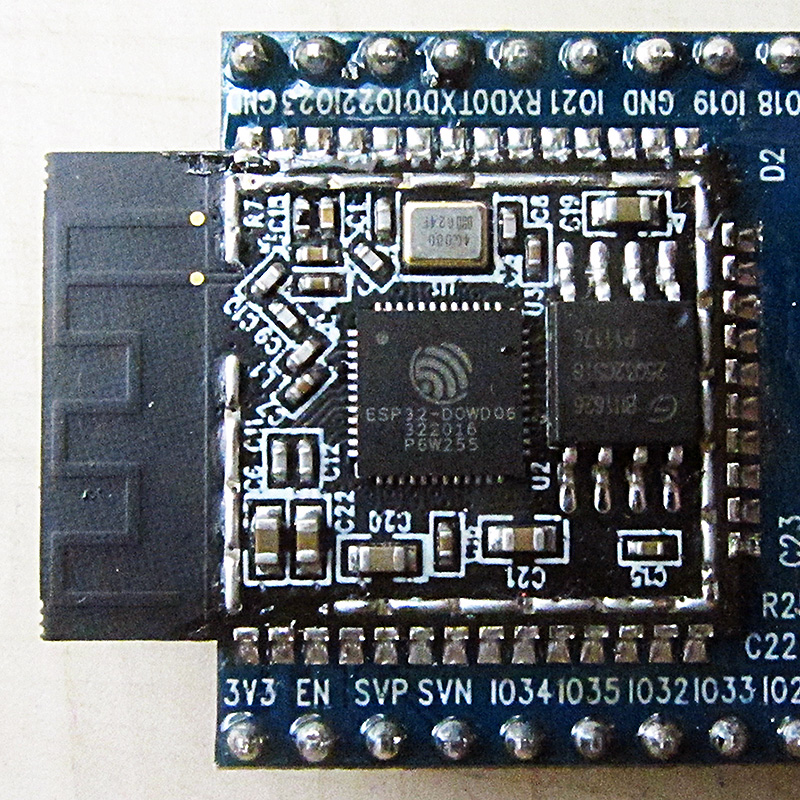Hello, i am new to this forum and also to most of the electronics.
I am building "smart home" dashboard on home assistant application and I want to include my electric bike battery voltage. I plug bike to charger everytime i am back from work. (charger itself not always on, i turn on and off once charged)
My plan is to tap into charger wire that goes to ebike.
Expected voltage is 48-55v, making max voltage of 60v to be safe.
I would use esp8266 wifi board to read voltage via analog input pin.
My main issue is making sure i get devider correct to 3.3v at most for analog input.
I wonder if you could help me with that.
Devider Calculator shows i could use 2megaohms resistor on positive and 110k on negative.
Does that sound right? Could i have any issues with this solution? For example when battery is charging?
Thanks
I am building "smart home" dashboard on home assistant application and I want to include my electric bike battery voltage. I plug bike to charger everytime i am back from work. (charger itself not always on, i turn on and off once charged)
My plan is to tap into charger wire that goes to ebike.
Expected voltage is 48-55v, making max voltage of 60v to be safe.
I would use esp8266 wifi board to read voltage via analog input pin.
My main issue is making sure i get devider correct to 3.3v at most for analog input.
I wonder if you could help me with that.
Devider Calculator shows i could use 2megaohms resistor on positive and 110k on negative.
Does that sound right? Could i have any issues with this solution? For example when battery is charging?
Thanks





